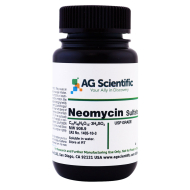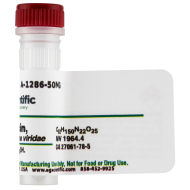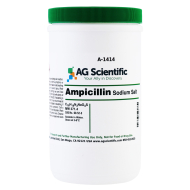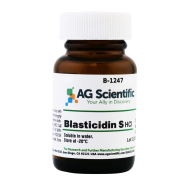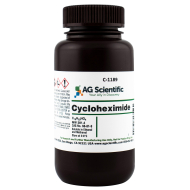When Sir Alexander Fleming discovered the antibiotic penicillin in 1928, the world thought the fight against bacterial infections was finally over. Once fatal diseases, including tuberculosis, were finally curable. But over 90 years on, new, virulent strains of bacteria have developed a resistance to some of the world's most common antibiotics.

The World Health Organization is so concerned about the problem, it launched a Global Action Plan on antimicrobial resistance in 2015. But what is the cause of this growing problem? And what can doctors, governments, pharmaceutical companies, and wider society do about it?
What is Causing Antibiotic Resistance?
Every time you take an antibiotic for an infection, sensitive bacteria in your system are killed. Unfortunately, the more robust bacteria are left behind to multiply. Once these bacteria have been exposed to a particular antibiotic, they often become resistant to it. Over-prescription and abuse of antibiotics are to blame for the sharp rise in resistance. The more antibiotics are prescribed, the more bacteria become immune to them. It is widely believed that restricting the use of antibiotics to the treatment of the most serious bacterial infections is the best way to tackle the issue.Why Is The Issue of Antibiotic Resistance Important?
The issue of antibiotic resistance affects all of us. Diseases such as pneumonia and meningitis are now more difficult to treat than they were just a decade ago. And once untreatable infections such as tuberculosis are, once again, making a big comeback throughout the world. If you're infected with an antimicrobial-resistant strain of bacteria, you'll probably need the latest antibiotics. They're likely to be stronger and more expensive, but there's no guarantee these drugs will work for you, particularly if you're suffering with a new strain of the disease.What is Being Done to Fight Antibiotic Resistance?
The truth is we can all play a significant role in this fight. And it all starts with governments. The White House developed its own plan of action in 2015, which aimed to drastically curtail the use of antibiotics. The National Action Plan for Combatting Antibiotic Resistance is already delivering results. At the core of the U.S. government's fight against antibiotic resistance is a commitment to further fund the development of new antibiotics.There is also a campaign to develop new diagnostic tests that identify resistant strains of bacteria at the earliest opportunity. A team of public health officials is monitoring resistance levels, as well as tracking the spread of the most virulent bacteria. In an effort to reduce the spread of resistant strains, doctors around the country are being forced to curtail the unnecessary prescription of antibiotics.
Another related and growing problem around the world is the use of antibiotics intended for humans on animals. The U.S. government and the WHO have warned against this practice.
What Can You Do in the Fight Against Antibiotic Resistance?
Believe it or not, you can play a very important role in this crucial fight. For example, you can commit to not taking antibiotics unless there is no alternative. To clarify, these drugs only work on bacterial infections. If you have a viral infection, antibiotics are useless. Even if your doctor offers them to you, think to yourself: Do I really need them? When you are prescribed antibiotics, make sure you complete the entire course -- even if you feel much better. If your infection isn't completely eradicated, the bacteria that survive in your system may develop a resistance to that particular antibiotic.Wherever possible, say yes to immunizations that are designed to stop the bacterial infections treated with antibiotics. Diseases such as whooping cough, tuberculosis, and tetanus can be prevented with the latest vaccines. With the use of vaccines, there's absolutely no need for antimicrobial drugs to fight these infections.
Personal hygiene is also important when you're in hospital or at home with infected people. Make sure you're washing your hands regularly, and after touching your face or going to the bathroom. Also, make sure everyone else is doing the same. Hospitals are notorious breeding grounds for the most virulent strains of resistant bacteria -- so remain vigilant.
What you must not do is take chances with your health. If you have a serious bacterial infection that your body can't cope with, your doctor might prescribe actinomycin, anisomycin, or another strong antimicrobial medication. Make sure you take the entire course, and adhere to the dosage instructions. The worst thing you can do is allow an infection to spread.
If we can drastically reduce our reliance on antibiotics, we can slow the rate at which resistance is growing. And with new drugs being developed all the time, we might just regain control of the world's most serious bacterial infections.
Your Ally in Discovery
At AG Scientific, we have over 20 years of experience supplying critical chemical components to the life science industry. Contact us today to secure the highest quality raw materials with industry best prices and unrivaled customer service.
Additional Reading
- 7 Sources of Antibiotic Resistance
- A Guide to the 8 Most Common Classes of Antibiotics
- The CRISPR Cas9 System: A War Against Antibiotic Resistance

